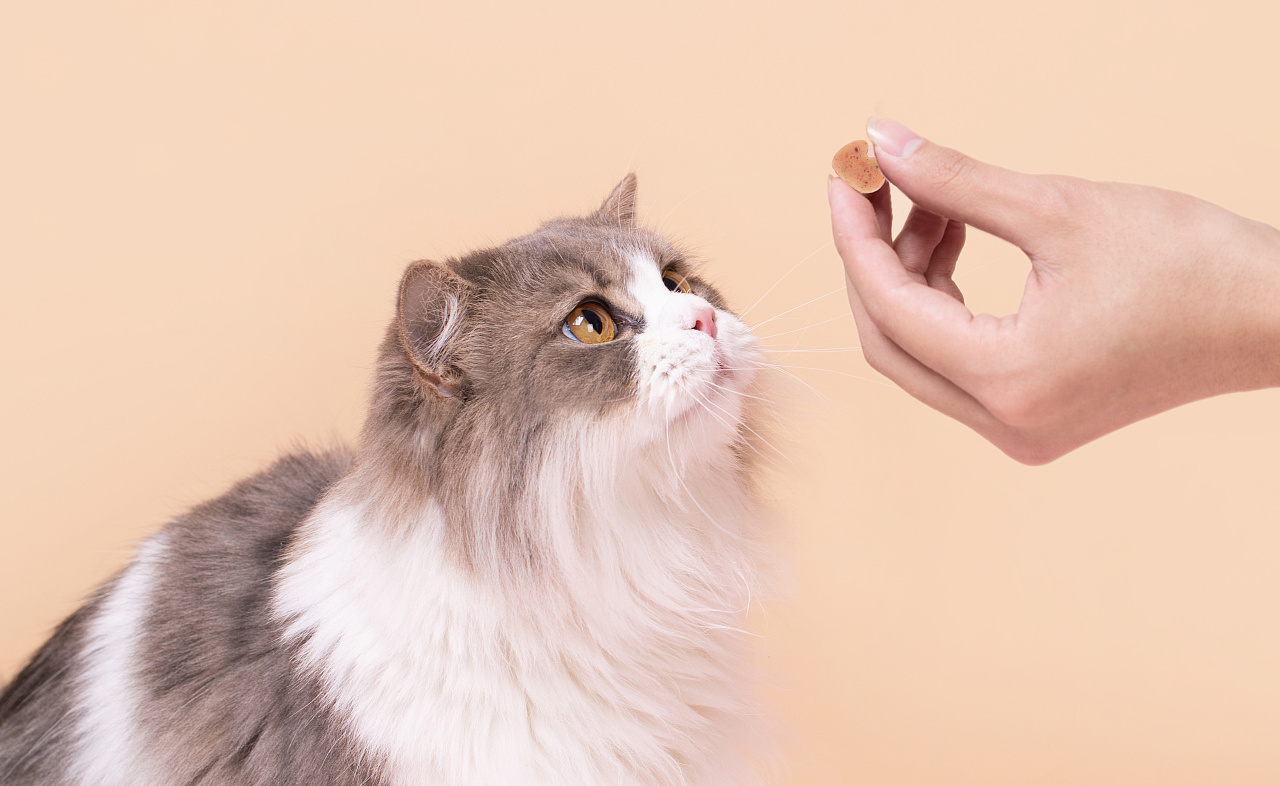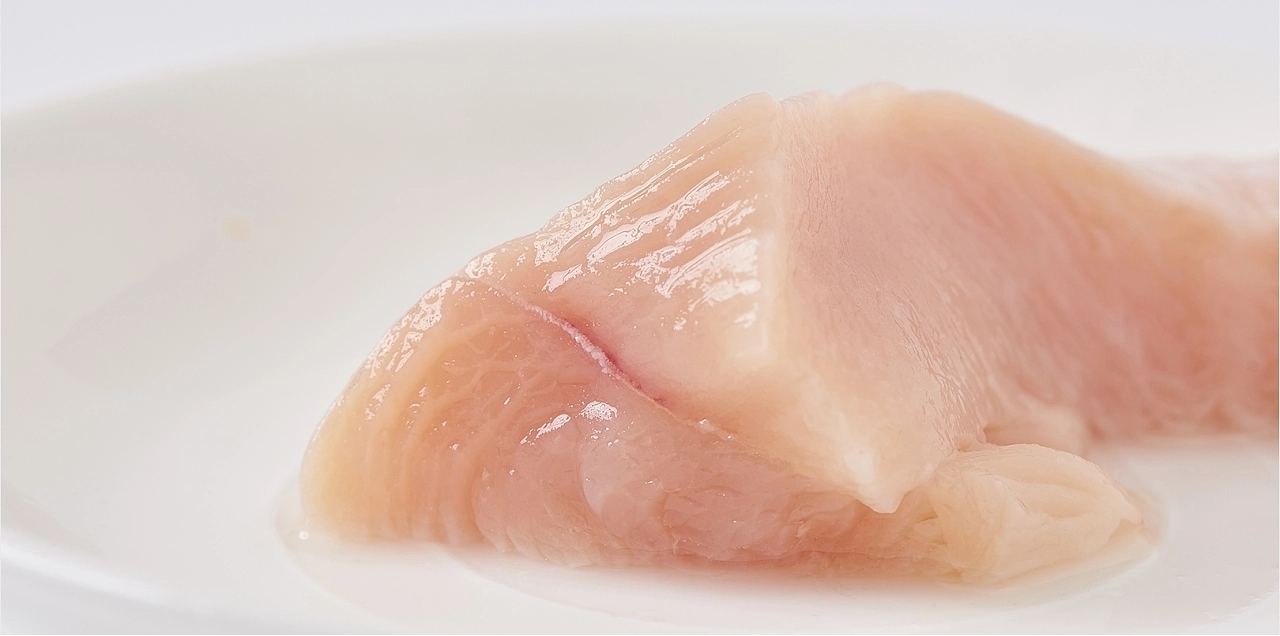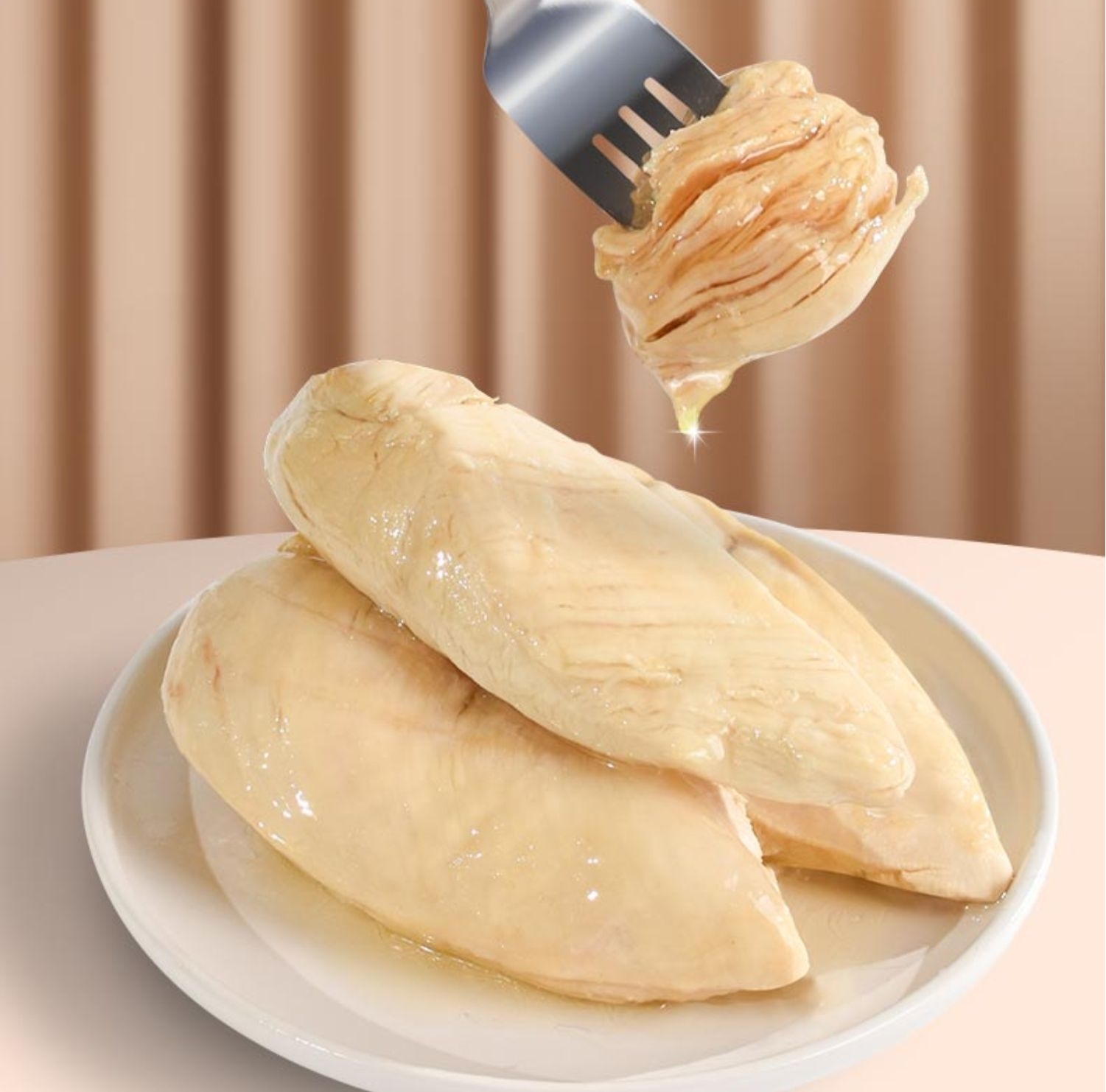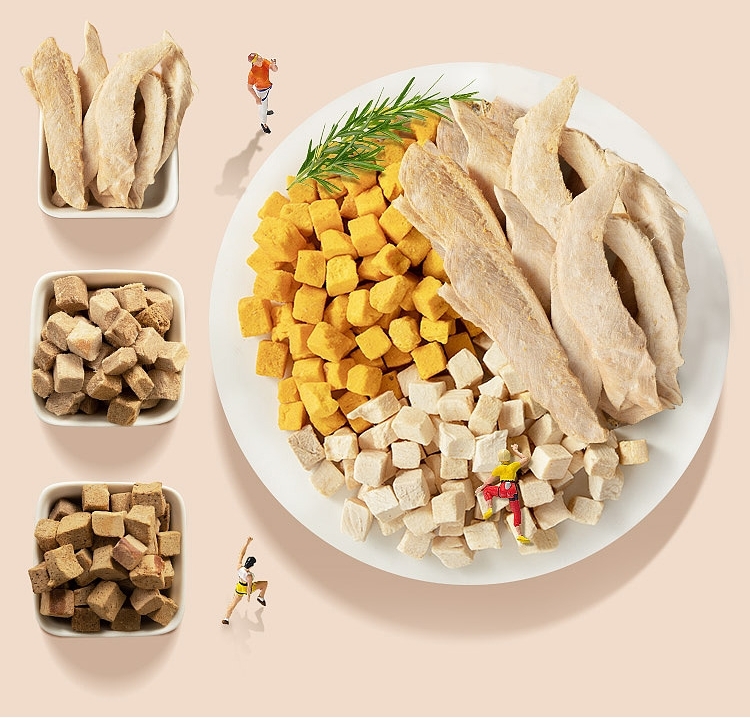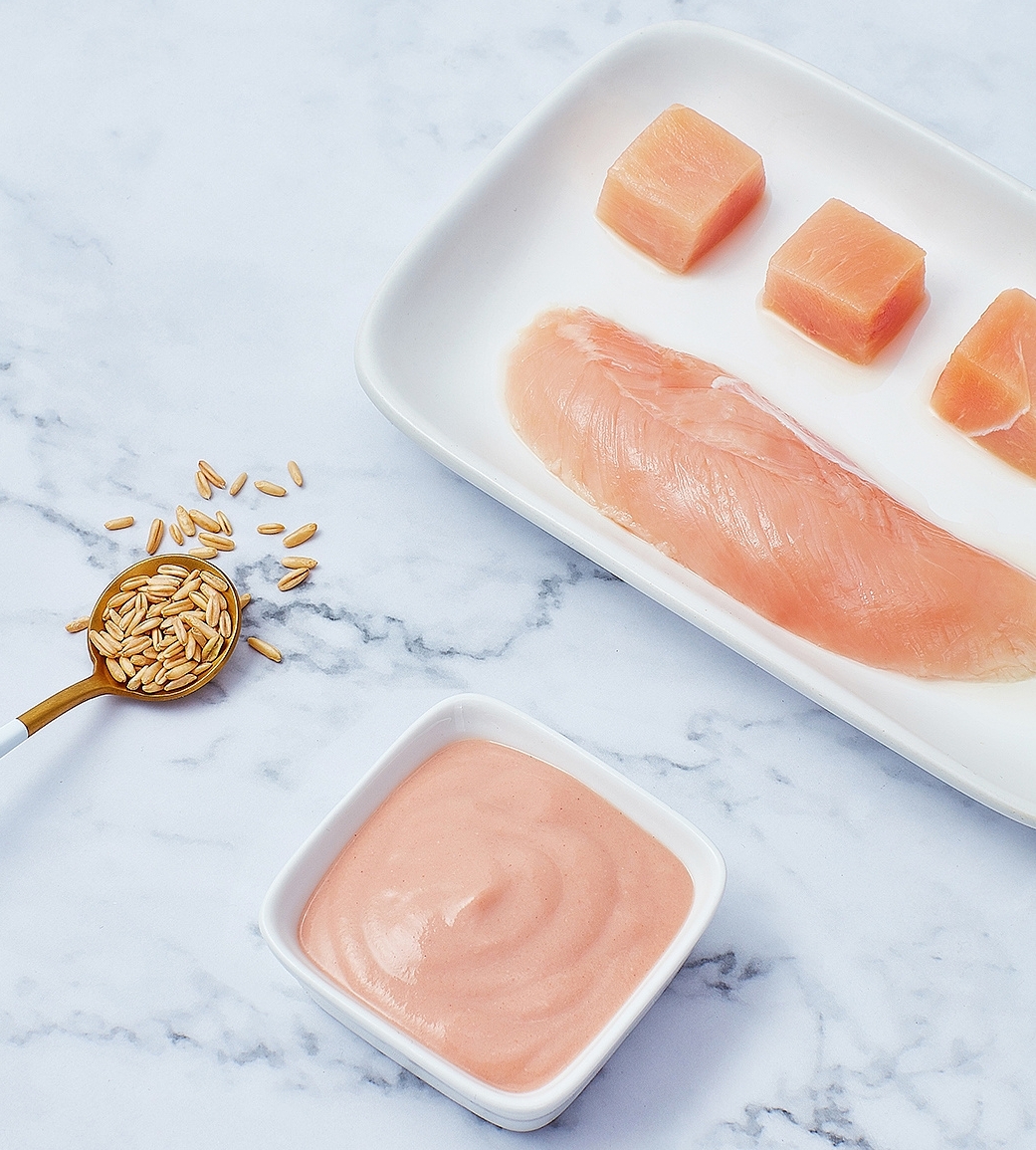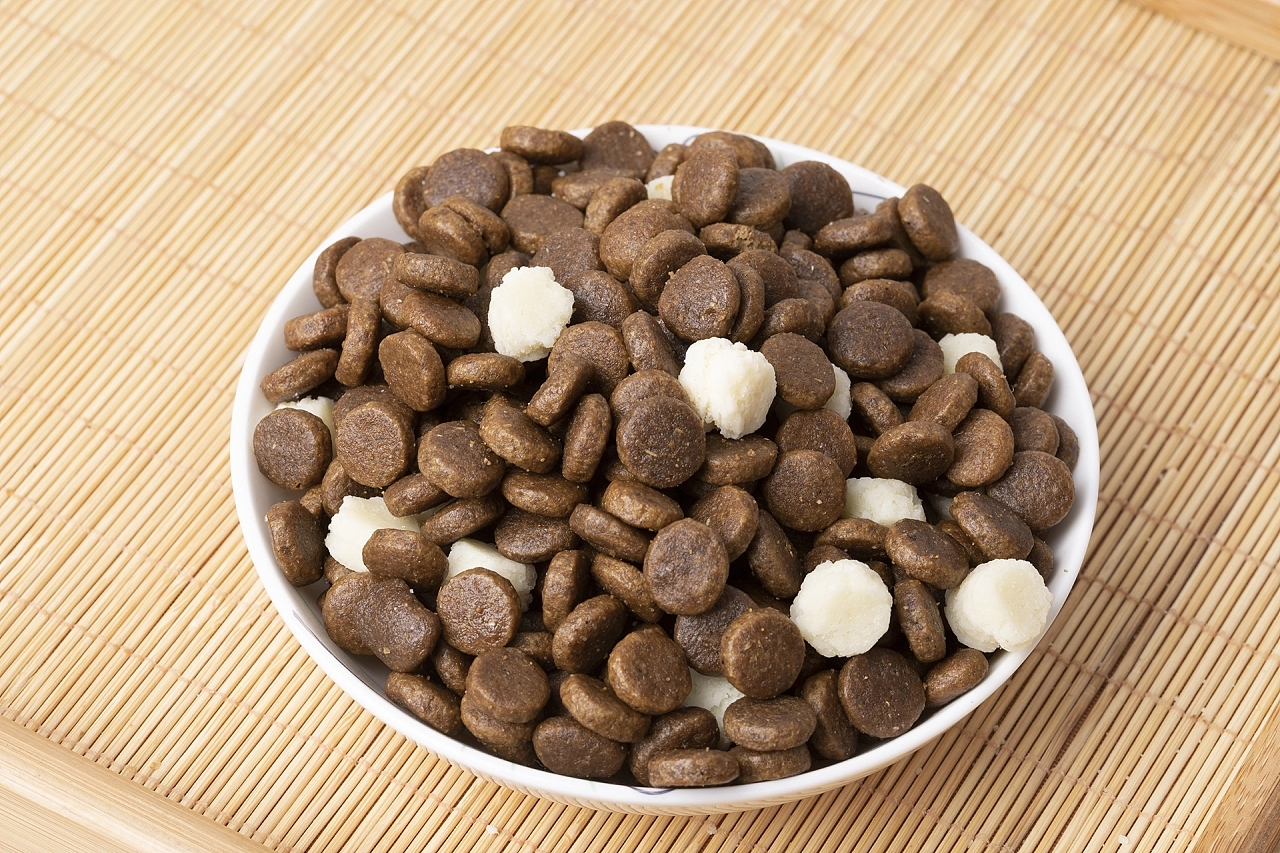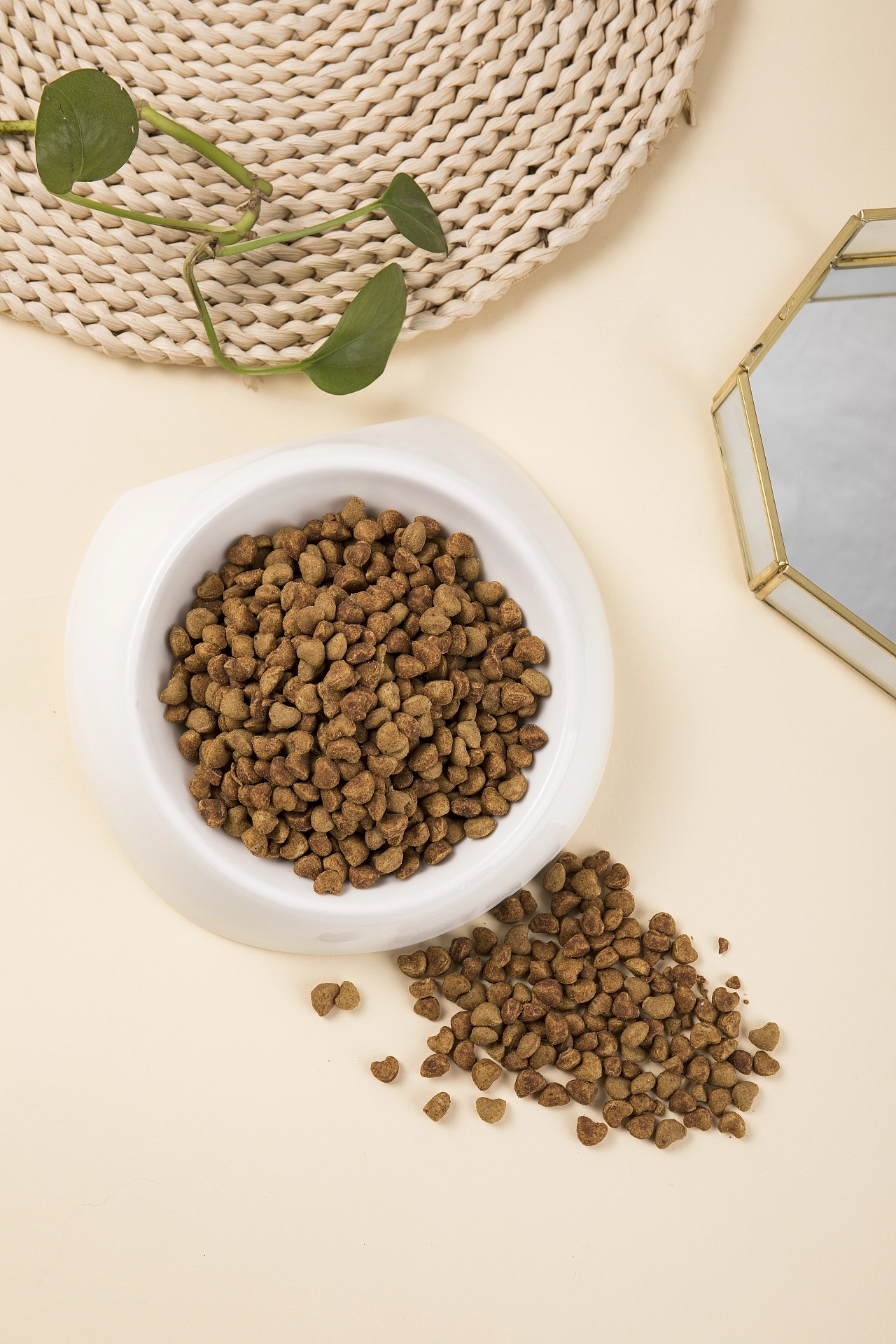Feeding Cats Is An Art. Cats At Different Ages And Physiological States Require Different Feeding Methods. Let's Take a Closer Look At The Feeding Precautions For Cats At Each Stage.
1. Milking Cats (1 Day-1.5 Months)
At This Stage, Milking Cats Mainly Rely On Milk Powder For Nutrition. The Best Choice Is Cat-Specific Milk Powder, Followed By Sugar-Free Goat Milk Powder, And Finally You Can Choose a Trusted Brand Of Infant First-Stage Milk Powder. If You Really Can't Buy The Above Milk Powder, You Can Temporarily Use Low-Fat Milk As An Emergency. When Feeding, Make Sure The Milking Cats Are Full, Because They Need Nutrition Very Much At This Stage. In Addition To Using Cat-Specific Milk Bottles, You Can Also Use Needle-Free Syringes Or Eye Drops Bottles Instead.
2. Kittens (1.5 Months-8 Months)
Kittens No Longer Need Dairy Products As Their Main Source Of Nutrition. You Can Choose Goat Milk And Yogurt Instead Of Cow's Milk, Because Many Cats Are Lactose Intolerant. The Best Feeding Options Are Homemade Cat Food, Canned Cat Food, And Natural Kitten Food. If You Want To Feed Kittens Cat Snacks, It Is Recommended To Make Pure Meat Food Yourself, Or Buy Pure Meat Cat Snacks Without Any Additives. At The Same Time, Pay Attention To The Amount Of Water The Cat Drinks. Drinking More Water Helps Prevent Urinary System-Related Diseases.
3. Adult Cats (8 Months-10 Years)
Adult Cats Have More Diverse Food Choices. They Can Be Fed Homemade Maori Wolf, Canned Cat Food, Cat Food, And Raw Meat. However, The Feeding Of Raw Meat Is Controversial And May Cause Bacterial Infection. The Owner Needs To Do More Homework To Confirm That Raw Meat Is Harmless To Cats Before Feeding. When Making Homemade Cat Food, Pay Attention To The Calcium-Phosphorus Ratio (1:1), Because Meat Has a High Phosphorus Content. You Can Use Pet-Specific Calcium Or Children's Liquid Calcium To Supplement Calcium For Cats. Adult Cats Are More Receptive To Cat Snacks. Cat Biscuits, Dried Meat Cat Snacks, Liquid Cat Snacks, Etc. Can All Be Eaten. Pay Attention To Choosing Products With Simple Ingredients And No Additives.
4. Elderly Cats (10-15 Years And Above)
The Diet Of Elderly Cats Needs To Be More Careful. It Is Recommended To Mainly Use Liquid Cat Snacks Or Staple Cat Canned Food. Reduce Fat, Do Not Over-High Protein Content, And Increase Calcium And Vitamin Intake. Elderly Cats Should Eat Healthy, Supplement Calcium And Vitamins, Drink Plenty Of Water, Exercise Moderately, Brush Their Teeth Frequently, And Comb Their Hair Frequently To Maintain a Healthy Body Condition.
Change Of Cat Food
Long-Term Feeding Of a Single Food Will Lead To Nutritional Imbalance And Even Disease In Cats. Pay Attention To The Method When Changing Food To Ensure That The Cat Can Accept The New Food.
Commercial Grain To Natural Food
The Process Of Changing Food Should Be Adjusted According To The Degree Of Adaptation Of The Cat. Some Cats Will Have Diarrhea Even If The Transition Period Is One Month. Find Out The Reason:
Problems With The Cat Food Itself
The Stomach And Intestines Are Not Adapted. When Changing To New Cat Food, It Is Recommended To Buy a Small Amount For Trial First, And Then Buy a Large Bag If There Is No Problem.
If The Cat Has Loose Stools After Switching To Natural Cat Food, You Can Use Human-Edible Probiotics To Regulate It, But Do Not Use It For a Long Time To Avoid The Cat's Own Regulation Function Being Disordered.
Switch From Dry Cat Food To Homemade Cat Food
Some Cats Are Very Easy To Accept Homemade Cat Food, While Others Are Unwilling To Eat It. The Owner Needs To Check Whether There Is a Problem With Their Own Approach And Whether The Meat Selection Is Appropriate:
When Making Homemade Cat Food For The First Time, Do Not Add Vegetables. First Choose a Kind Of Meat And Find The Meat That The Cat Likes.
After Finding The Meat That The Cat Likes, Feed The Cat With a Single Meat For a Period Of Time, And Then Gradually Add Other Meats And Vegetables.
How To Make Homemade Cat Food: Boil (Do Not Use Too Much Water, The Nutrition Is In The Soup), Steam In Water Or Stir-Fry With a Small Amount Of Vegetable Oil. You Can Add a Small Amount Of Cat Food To The Usual Food To Let The Cat Adapt To The Taste Of Meat, And Gradually Increase The Amount Of Cat Food Until It Is Completely Replaced.
Feeding Cats In Special Stages
Sterilized Cats
The Metabolism Of Sterilized Cats Slows Down And They Are Prone To Obesity. They Need To Control Their Diet And Choose Low-Fat, High-Fiber Foods. Sterilized Cats Need To Pay Special Attention To Weight Management To Avoid Health Problems Caused By Obesity.
Pregnant And Lactating Cats
Pregnant And Lactating Cats Need High-Nutrition, High-Protein Food To Meet The Nutritional Needs Of Themselves And Their Kittens. You Can Choose Special Food For Pregnant Cats Or High-Energy Food To Increase The Feeding Frequency And Food Intake.
If You Love Your Cats, As Long As You Understand And Feed Them Carefully, I Believe Your Cats Will Grow Up Healthier And Happier.
Post time: May-29-2024

